Not only are River and Boca local rivals in Buenos Aires, they are the two biggest clubs in Argentina and indeed two of the superpowers in South America. As many as 80% of Argentines support one of the two clubs.
Their trophy cabinets match their popularity.
River have 38 top-flight titles and four Copas Libertadores to their name, while Boca have won the league title on 35 occasions and the Libertadores on six, with three of those triumphs coming during a golden age between 2000 and 2003.
Both have also counted some of the greatest players of all time among their ranks.
River alumni include Alfredo di Stefano, Enzo Francescoli and Daniel Passarella, while Boca fans have worshipped Carlos Tevez, Juan Roman Riquelme and Diego Maradona.
There is naturally a lot at stake on derby day – Boca fans take great pride in the fact they lead River 92 wins to 87 in the overall Superclasico record. But the rivalry goes way beyond 90 minutes on a football pitch.
“It is rooted in their origins, or rather their respective foundational myths,” Argentine football journalist Santi Bauza tells BBC Sport.
The close geographical proximity of the clubs when they were founded – River in 1901 and Boca four years later – created tension.
One fan is said to have burned the flag of the opposition during one early meeting, while a Superclasico in 1931 was abandoned after 31 minutes because of mass fighting.
The schism widened when River Plate – after joining their rivals in the working-class neighbourhood of La Boca – relocated to the well-to-do suburb of Recoleta up the road, then further north to Nunez, where they reside today.
Deserting their working class home and spending big on players – the 35,000 pesos (£1,350) fee paid for Bernabe Ferreyra in 1932 set an Argentine transfer record that stood for 20 years – led to River becoming known as ‘Los Millonarios’. The Millionaires.
By contrast, Boca have always remained in their spiritual home, the famous La Bombonera stadium that is seemingly dropped into the middle of the ‘barrio’, a high-poverty district of the city.
Their Italian immigrant, working-class roots are a central part of their identity. Little shows this more than the club’s nickname ‘Xeneize’, which comes from the Ligurian dialect word for Genoese.

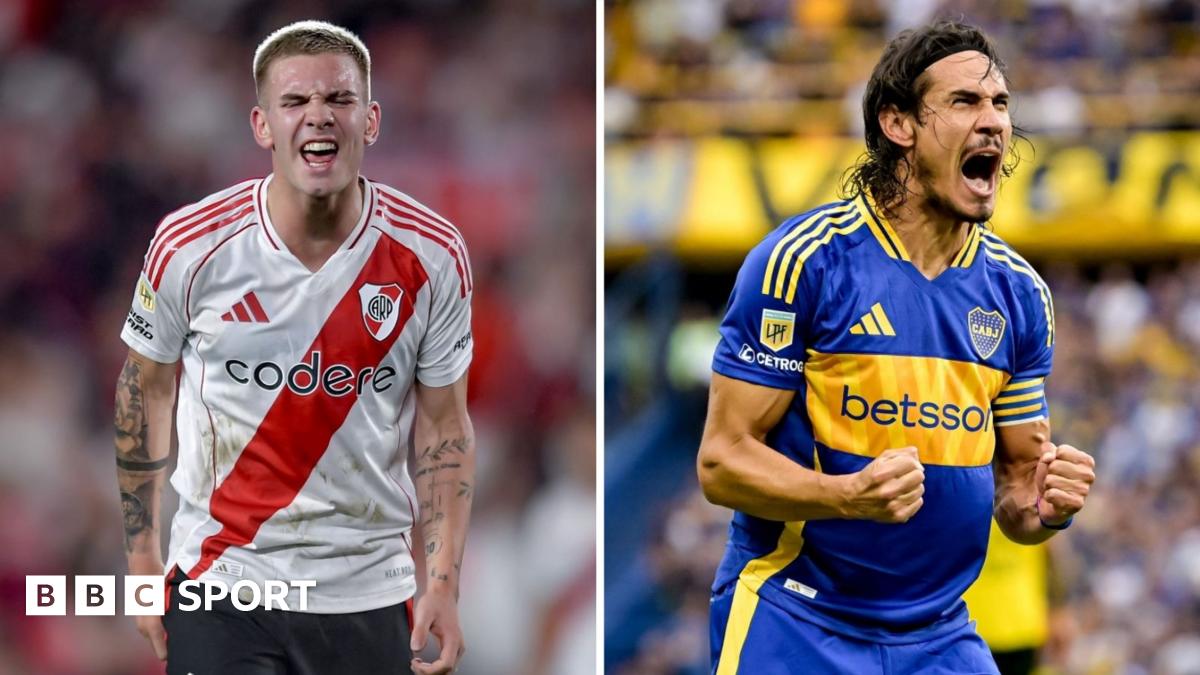
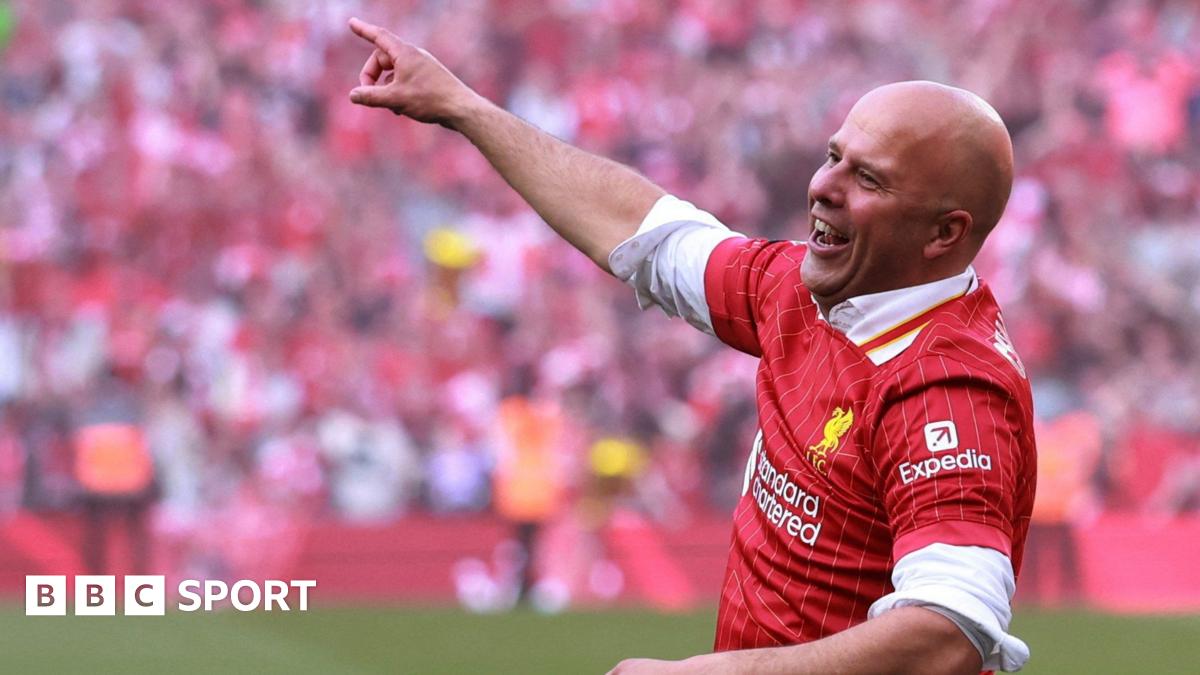







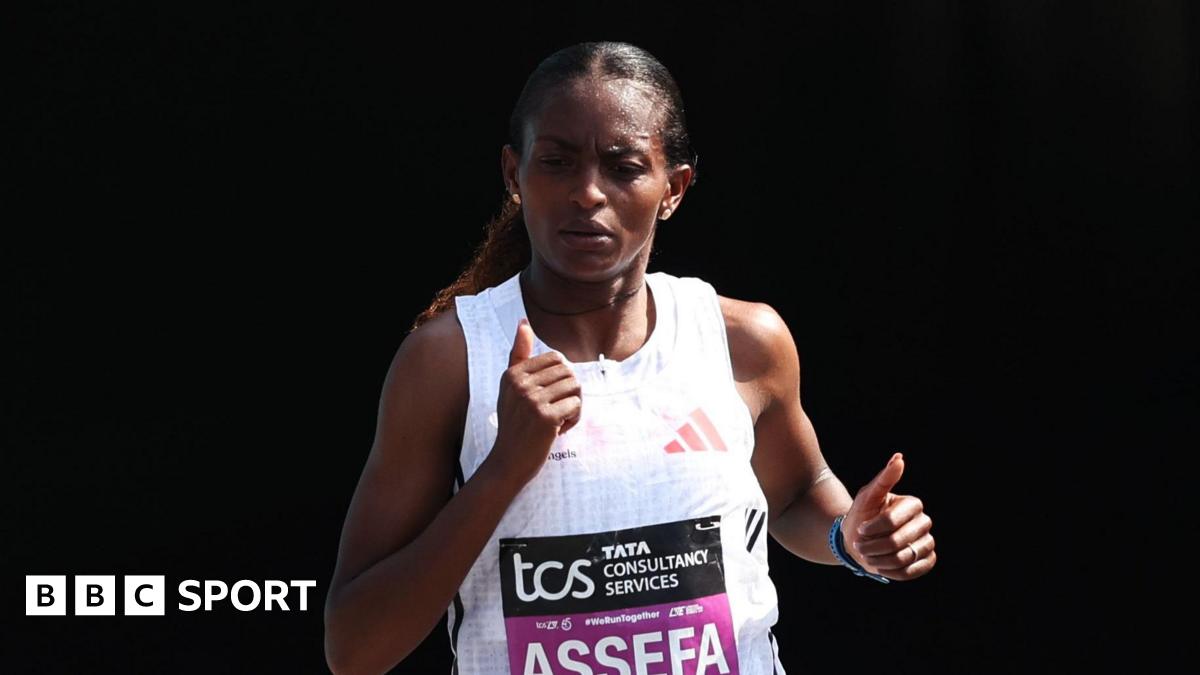
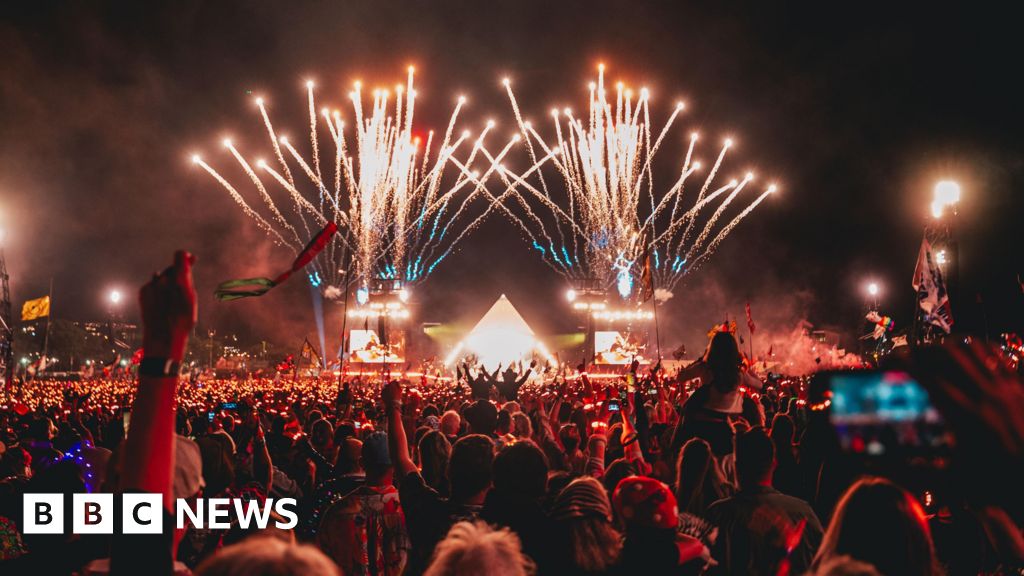


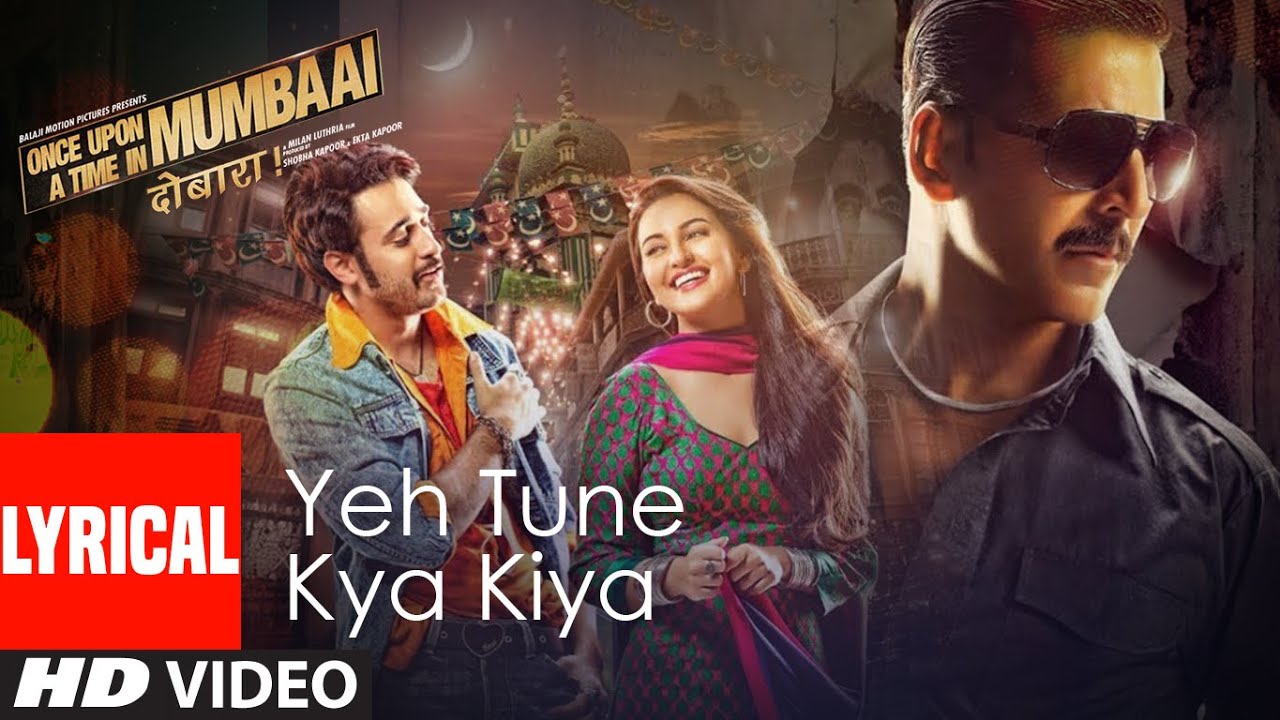
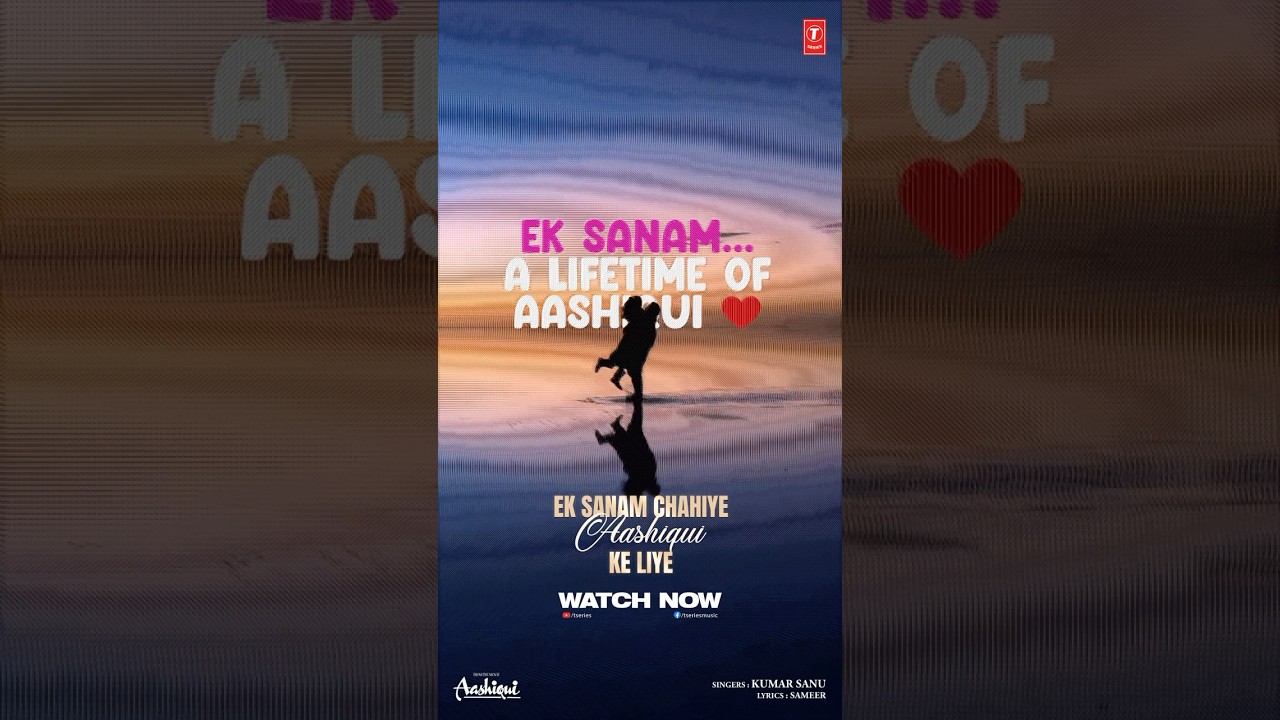
Leave a Reply